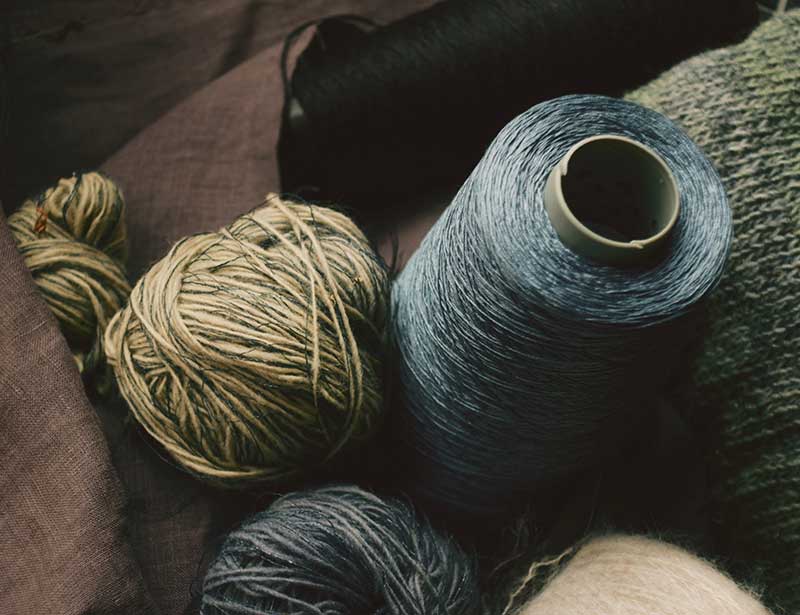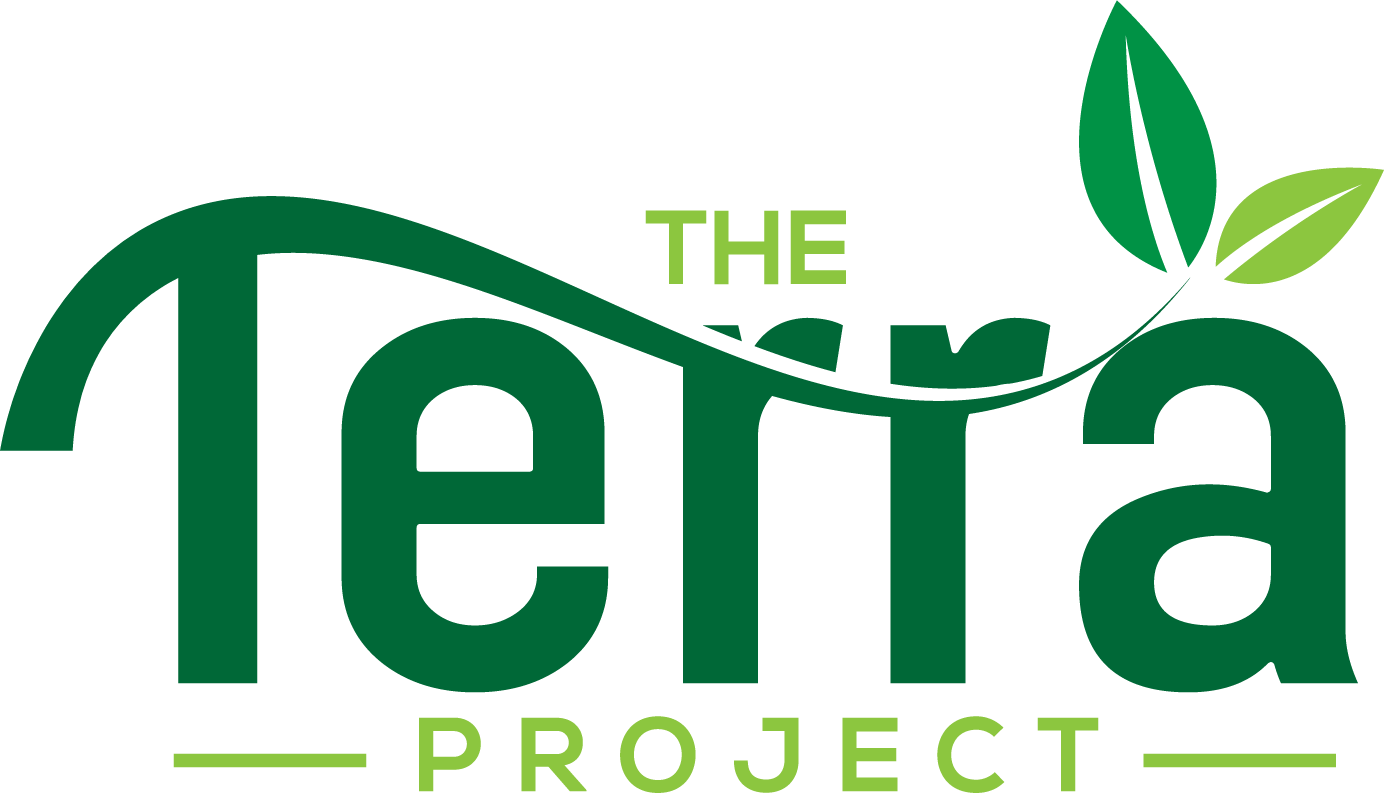Weaving a Sustainable Future
8 Sept. 2021

Credit: Kiki Falconer/Unsplash
Following just behind the oil industry, the fashion industry is the second largest contributor to environmental pollution and is responsible for 10% of global greenhouse gas emissions. It not only uses 93 billion cubic meters of water every year – this is enough to meet the consumption needs of five million people! – but 20% of its wastewater worldwide comes from fabric dyeing and treatment. Add to this the statistic that 87% of the total fiber input used for clothing is being incinerated or disposed of in a landfill, and you’ve got a conclusion clear as day: the industry needs to reassess its current practices and consider more sustainable ones to slow down the rate of global warming.
But a study done by the Boston Consulting Group in 2017 found that “most fashion executives had not made environmental and social factors a part of the guiding principles of their corporate strategies.” In their report, they demonstrate how collaboration among the individual companies is key to creating the disruptive change that is needed for the fashion industry to change to boost the “industry’s long-term environmental and social performance – and profitability.” They share not only existing best practices but also proven solutions that fashion companies can consider using when transitioning to responsible practices in processing, manufacturing, transportation, design, development, and end of use.
While companies work to become sustainable, consumers can also participate in accelerating this process. One way is to choose clothes mindfully. While clothes may seem like clothes to us, the fibers that are used to make them can be vastly different from each other. The kinds consumers are encouraged to purchase are those made from eco-friendly fibers that are produced with minimal environmental impact. Recycled fibers, for example, are made from waste materials and include recycled polyester, recycled nylon, recycled wool, and recycled cotton. While plant-based fibers are manufactured with low environmental impact and include organic cotton, linen, hemp, ramie, and natural rubber, animal-based fibers are produced using sustainable methods and include alpaca, silk, responsible wool, responsible cashmere, responsible leather, and responsible down. The last category is semi-synthetic fibers that are made with low environmental impact and include lyocell/tencel, orange fiber, pineapple fiber, sustainable viscose, and cupro.
A second option is to buy less clothes, buy better quality clothes that will last longer, and/or mend clothes until they can be repurposed. For example, did you know that wearing your clothes only five times produces 400% more carbon emissions than if you wore them 50 times? Habits can be hard to change, but this one may be worth it in the long run. Or better yet, purchasing clothes you absolutely love may be a better choice since it would ensure the high likelihood of you wearing the item many more times than if you bought something you marginally liked. The last option to consider when purchasing clothes is to buy them only if they were made in countries that are powered by more renewable energy. By showing your support by buying clothes from companies that use sustainable practices, other fashion companies are more likely to follow.
Fashion is ever changing, and its pace is rapid and dynamic. But it needs to slow down and reassess its practices. It needs to reinvent itself to adjust to the global warming crisis the world is experiencing. By collaborating with each other and receiving the support of consumers who buy mainly sustainable products, fashion companies have the opportunity to build an entirely new realm of fashion, with trends that will no doubt give future generations something to talk about.
References
https://www.sustainyourstyle.org/en/whats-wrong-with-the-fashion-industry#:~:text=The%20fashion%20industry%20is%20the,increasing%20as%20the%20industry%20grows.2017
https://www.trvst.world/sustainable-living/fashion/sustainable-fabric/5/2021
https://www.worldbank.org/en/news/feature/2019/09/23/costo-moda-medio-ambiente2019
https://www.bcg.com/publications/2018/sustainability-good-business-fashion5/2018
https://www.sustainyourstyle.org/en/fiber-ecoreview
https://www.sustainyourstyle.org/en/fibers-eco-review
